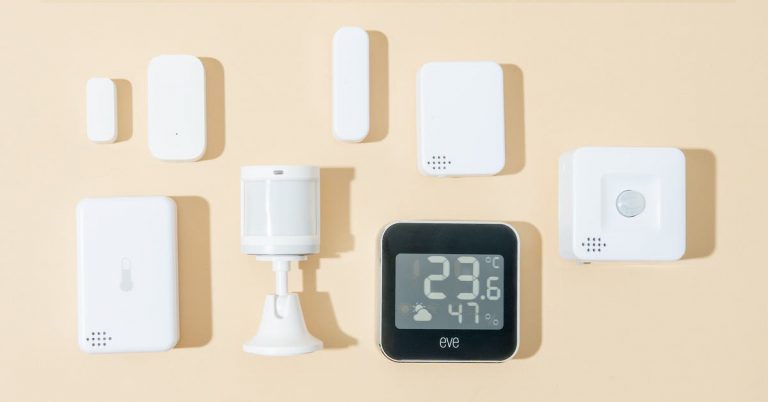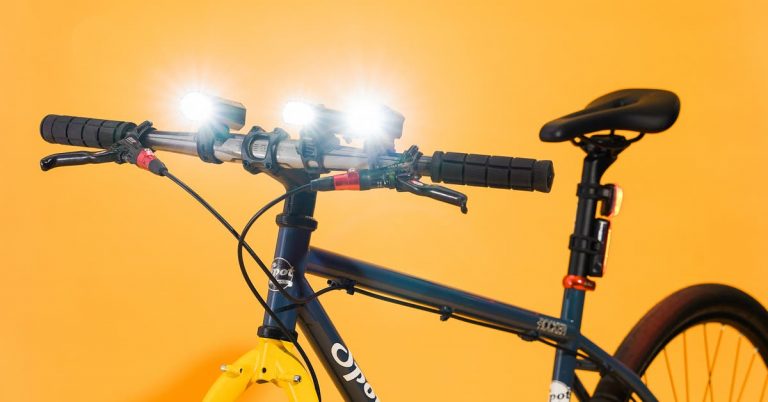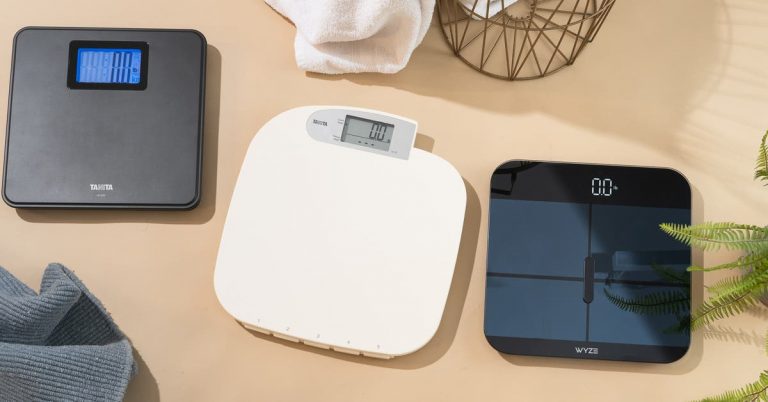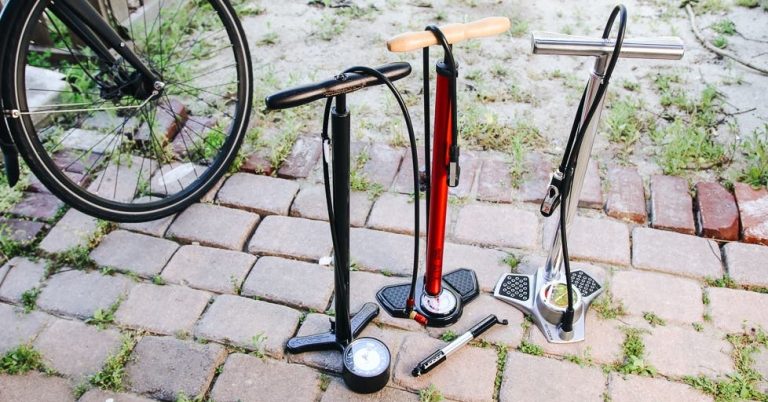The 6 Best Coolers of 2025
After nearly a decade testing coolers, I can say one thing for certain. Ice melt tests are overrated. At this point, every YouTube reviewer we’ve seen (many of whom do excellent work) has done ice measure tests on every conceivable cooler, and the results are so far, after some analysis and comparison, unsurprising. The coolers with the most insulation tend to keep ice frozen the longest. Arguing over a few hours difference of ice melt between high-end coolers after several days of testing is just not that interesting or informative.
For all coolers we tested, here are the criteria we used:
Insulation: Different types of insulation work in their own ways to minimize heat transfer into a cooler. Open- and closed-cell foams act as insulators to reduce heat conduction, while fabrics and liners, such as coated polyurethane and reflective Mylar, create a radiant barrier that reduces and reflects heat radiation.
Closed-cell foam is considered a better insulator than open-cell foam because the tiny bubbles of gas in closed-cell foam remain independent from one another. Air bubbles that do not share cell walls and in effect stay insulated from one another are better at reducing the overall transfer of heat through the foam. In contrast, open-cell foam is permeable to air and water like a sponge (which is why it frequently appears in foam pillows, as it’s squishier and it breathes).
Every cooler maker (especially soft cooler manufacturers) wants to claim that it uses closed-cell foam in its coolers, but after hours of research, we’ve found a lot of gray area between what is advertised as closed-cell foam and what actually is closed-cell foam. Generally, the more expensive the cooler, the better it insulates, the better the foam.

Construction: We looked closely at how every cooler is built. The design of the hard coolers—how they fit into tight spaces, the durability of the walls and lid—is a mark of how they perform in tough environments. For soft coolers, we considered the stitching and welds, while paying close attention to the overall durability of the soft materials chosen for each bag.
Hardware and fabric: We considered the external hardware, the shoulder straps, the buckles, the zippers, and the fabric, all of which had to make the cooler comfortable to carry and sturdy enough to survive regular use in a boat, on an ATV, or sliding around in the trunk of a car. For backpack coolers, we also specifically looked for reports of how comfortable (or uncomfortable) they were to wear, and we took into account our own experience as well.
Cost: This is always a consideration, of course. The baseline price of good coolers has increased over the years. Thankfully, the performance of these coolers has also increased (while at least somewhat matching the price increase). Where possible, we tried to find the best balance of performance, cost, and warranty.
Over the years, as we’ve published and updated this guide and related articles, we’ve stuck by two testing methods: measuring meltwater over time to illustrate the relative performance of insulation between coolers, and measuring temperature change over time to determine the total length of time that ice stays preserved in a cooler. This year we began a meta-analysis of online reviews to look for trends and compare the average findings with our own results.






